28 Aug Infection Control and Terrazzo: The Best Defense
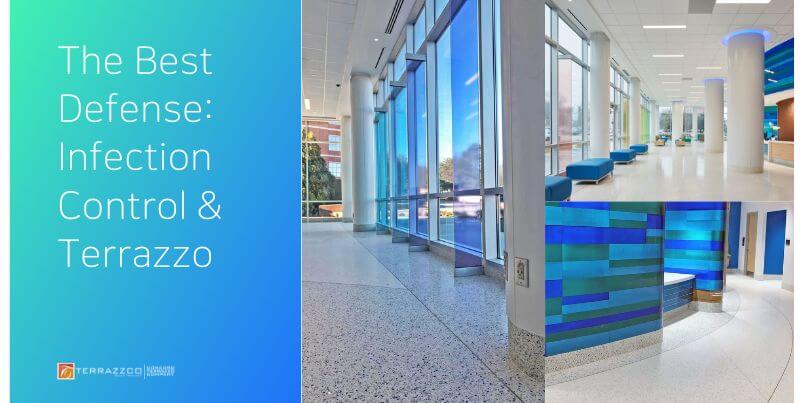
In today’s world where infection control and hygiene have taken center stage, the significance of maintaining a clean and sterile environment cannot be overstated. Within this context, flooring plays a pivotal role, often overlooked but of utmost importance. Enter terrazzo flooring – a versatile solution that not only enhances aesthetics but also boasts exceptional infection control benefits. Let’s dive into how terrazzo flooring can make places look great and keep them free from germs!
Understanding Infection Control and Terrazzo
Infection control, the practice of preventing the spread of pathogens, has become a critical consideration across various settings, from healthcare to commercial spaces. We spend most of our time indoors, and buildings can become places where germs spread easily. Terrazzo flooring, which is made from different materials like marble and glass chips, offers unique attributes that align seamlessly with infection control efforts.
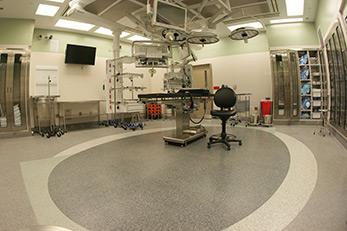

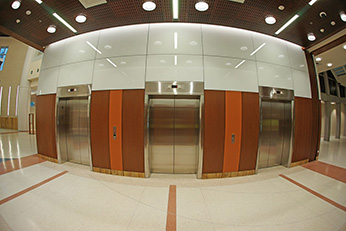
Terrazzo’s Resistance to Bacteria Growth
Materials and finishes that are either naturally resistant to germs or easy to sanitize streamline the process of maintaining impeccable hygiene in hospital settings. Copper, with its inherent antimicrobial properties, holds the potential to curtail microbe transmission when used on frequently touched surfaces. Any material or finish destined for a hospital environment should contain non-porous properties.
One of the ideal benefits of terrazzo is its bacteria resistance. The non-porous nature of terrazzo acts as a natural deterrent to bacteria, preventing their growth and spread throughout a facility.
Addressing Common Questions
How can terrazzo be effectively cleaned and disinfected?
Terrazzo’s smooth surface allows for easy cleaning and disinfection, reducing the potential for pathogens to linger. Routine cleaning routines are sufficient to keep the floors clean while ridding germs from the surface.
What are the best practices for incorporating terrazzo into healthcare infection control?
Terrazzo has gained traction in healthcare settings due to its seamless and non-porous nature. Using terrazzo in important parts of the building like lobbies, waiting rooms, restrooms, and even surgery rooms can help reduce the spread of germs.
Can terrazzo design be optimized for easier cleaning?
Absolutely. Opting for a poured-in-place system not only enhances aesthetics but also streamlines cleaning. Although some designers lean towards terrazzo tiles due to budget considerations, many terrazzo specialists advocate for poured-in-place systems owing to their superior lifecycle cost. Terrazzo tiles often feature grout lines that can trap dirt and bacteria, whereas seamless terrazzo eliminates grout lines, simplifying the cleaning process.
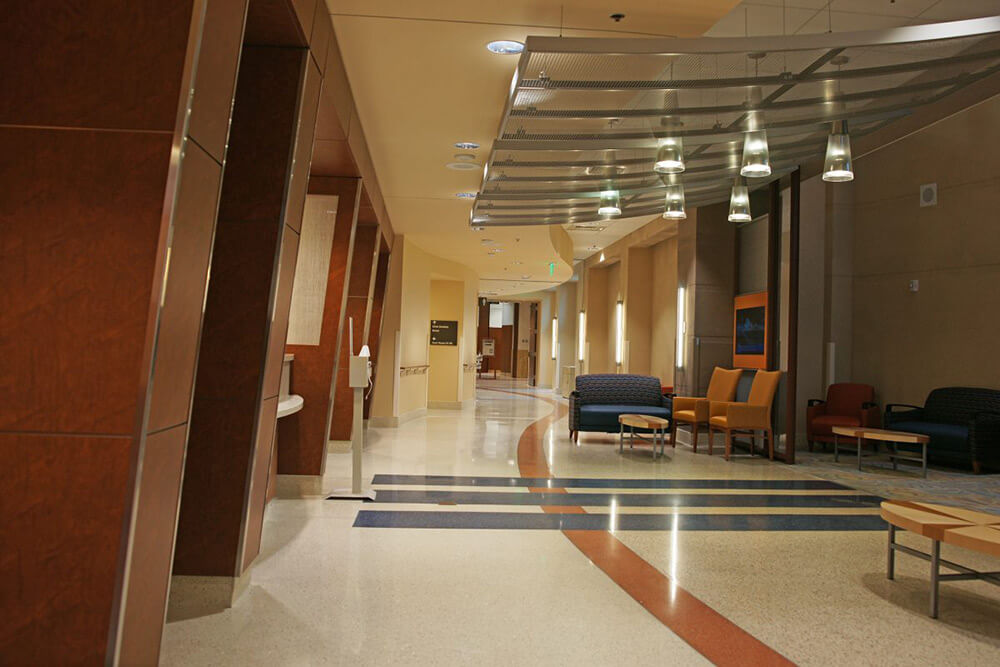
Terrazzo in Healthcare Settings
Healthcare establishments confront the dual challenge of infection control and patient well-being. Epoxy terrazzo flooring emerges as an ideal ally, particularly due to its impervious surface that curbs pathogen transmission. It’s also considered for its durability, low maintenance, and beautiful designs.
In recent years, healthcare facilities have transitioned from carpet to terrazzo. High-traffic zones in hospitals endure substantial wear and tear, demanding continuous maintenance. Carpets are prone to accumulating dirt and mold, deteriorating over time. Building owners are recognizing that carpets have a limited lifespan, prompting a shift towards the longevity of terrazzo flooring.
Terrazzo is a dream for infection control. It is maintenance-free, allowing building owners to save on annual maintenance costs and anticipate the floor’s durability matching the building’s lifespan.
Sustainable Infection Control
By incorporating epoxy terrazzo as a sustainable infection control solution, a positive feedback loop is established. The floor is simple to clean. The reduced reliance on harsh cleaning chemicals leads to a healthier indoor environment for occupants, while simultaneously minimizing the negative impact on the larger environment. This harmony between safeguarding public health and advocating for sustainability highlights the forward-thinking nature of epoxy terrazzo as a flooring choice.
More so, the longevity of terrazzo has a great impact on the environment. Traditional flooring materials like carpets and vinyl need frequent replacements due to wear and tear, contributing to more waste in landfills. On the contrary, epoxy terrazzo is exceptionally durable and can withstand heavy foot traffic for decades. This extended lifespan not only reduces the demand for new materials but also lessens the overall carbon footprint associated with production, transportation, and disposal.
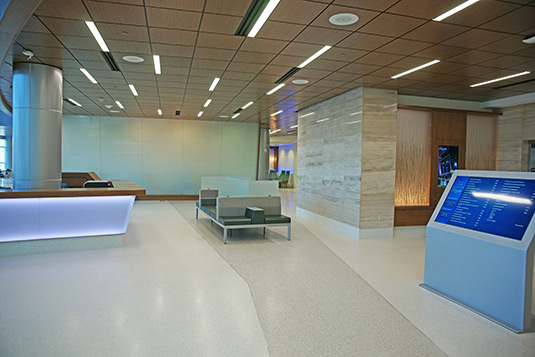
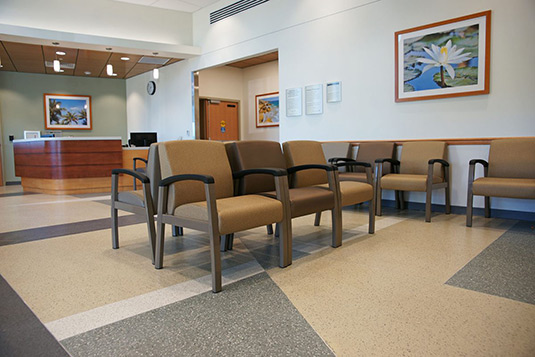
Maintaining Hygiene in Commercial Spaces
The hospitality and commercial sectors are no exception to the infection control mandate. Epoxy terrazzo’s durability, coupled with its ease of maintenance, offers a robust solution. Whether it’s restaurant kitchens or hotel lobbies, the seamless surface and resistance to stains position epoxy terrazzo as a guardian of hygienic environments.
Conclusion
Terrazzo flooring, with its antibacterial attributes and versatility, emerges as a linchpin in infection control. Epoxy terrazzo, in particular, delivers on the promise of safer, more hygienic spaces. Epoxy terrazzo isn’t just a flooring choice; it’s a proactive stride toward a cleaner, healthier future.
Ready to explore the advantages of epoxy terrazzo for infection control in your space? Contact us to learn more about our innovative flooring solutions and how they can transform your environment. Contact Concord Terrazzo Company for more details!






